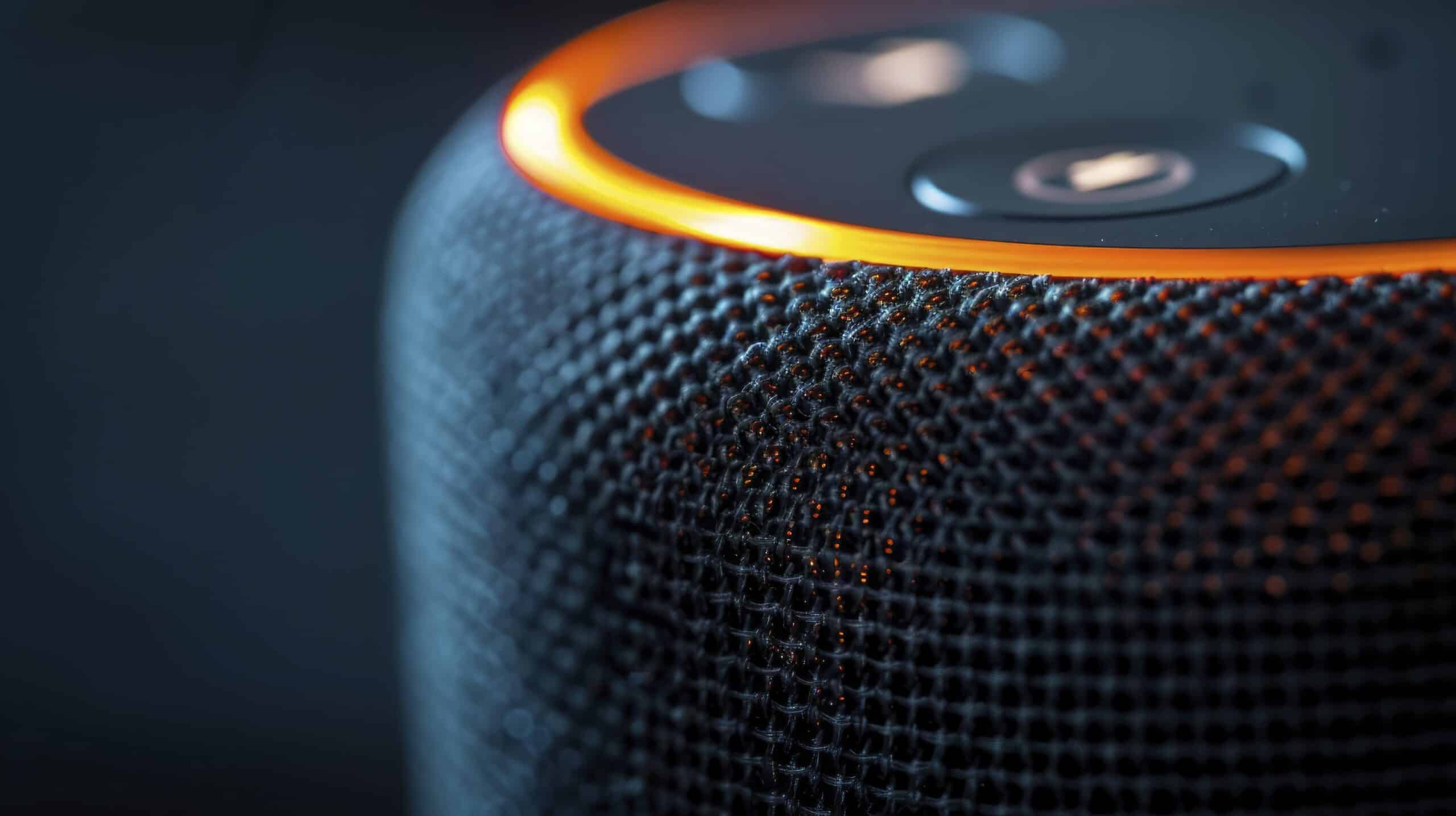How To Set Up A Smart Home With Alexa?
Key Takeaways
- The first step in setting up a smart home with Alexa is to choose a compatible smart hub.
- Once you have chosen a smart hub, the next step is to select compatible smart devices for your home.
- After pairing the devices with the smart hub, it’s time to set up Alexa integration.
In this article, we will guide you through the process of setting up a smart home with Alexa. With the advancements in technology, it has become easier than ever to automate your home and control various devices with just your voice. Alexa, the voice assistant developed by Amazon, can be integrated with a wide range of smart home devices, allowing you to conveniently manage your home environment. Whether you are a beginner or a tech-savvy individual, this step-by-step guide will help you create a smart home ecosystem tailored to your needs.
Step 1: Choose the Right Smart Hub
The first step in setting up a smart home with Alexa is to choose a compatible smart hub. A smart hub acts as the central control unit for all your smart devices, enabling them to communicate with each other and be controlled through voice commands. Amazon offers its own smart hub called the Amazon Echo Hub, which provides seamless integration with Alexa-enabled devices. It supports various connectivity protocols such as Zigbee, Thread, Matter, and Bluetooth, allowing you to connect a wide range of smart devices to your hub. The Echo Hub offers a simple yet sophisticated design, excellent connectivity, and user-friendly controls. However, there are also other smart hubs available in the market that are compatible with Alexa, so it’s important to choose one that suits your specific needs.
Step 2: Select Compatible Smart Devices
Once you have chosen a smart hub, the next step is to select compatible smart devices for your home. There is a wide range of smart devices available in the market, including smart lights, thermostats, security cameras, and plugs, among others. When selecting these devices, ensure that they are Alexa-compatible and can be controlled through voice commands. Some popular Alexa-compatible devices include the Amazon Fire TV Cube, Philips Hue White LED Starter Kit, Wemo WiFi Smart Plug, August Wi-Fi Smart Lock, and Ecobee 5th Generation Thermostat. These devices can be seamlessly integrated with Alexa, allowing you to control and monitor them conveniently.
Step 3: Pair Devices with the Smart Hub
Once you have purchased the smart devices, it’s time to pair them with your chosen smart hub. Each device may have a different pairing process, so it’s important to follow the manufacturer’s instructions. Generally, the process involves connecting the device to your home Wi-Fi network and then linking it with the smart hub through the device’s app. Make sure to check the compatibility with Alexa to ensure that the devices can be controlled using voice commands. This step is crucial in enabling Alexa to communicate and control your smart devices.
Step 4: Set Up Alexa Integration
After pairing the devices with the smart hub, it’s time to set up Alexa integration. To do this, you need to connect your Alexa-enabled device, such as an Amazon Echo, to your smart hub. This can usually be done through the Alexa app on your smartphone or tablet. Follow the instructions provided in the app to link your Alexa device to the smart hub. Once the integration is complete, you can start controlling your smart devices using voice commands through Alexa.
Step 5: Explore and Customize
Now that you have set up your smart home with Alexa, it’s time to explore and customize the features according to your preferences. Use the Alexa app to create groups and scenes, which allow you to control multiple devices with a single command and set preferred settings. For example, you can create a “Good Night” scene that turns off all the lights, locks the doors, and adjusts the thermostat to a comfortable sleeping temperature. Additionally, you can explore other Alexa-compatible smart devices to enhance your smart home experience. There are various options available, such as smart speakers, smart displays, smart bulbs, and DIY home security systems.
Step 6: Optimize Your Smart Home Experience
To optimize your smart home experience, it’s important to familiarize yourself with the features and commands of Alexa. Spend some time learning about the different voice commands and capabilities of Alexa to fully utilize the potential of your smart home ecosystem. You can find a comprehensive list of Alexa commands and features on the Amazon website or through the Alexa app. Additionally, consider using IFTTT (If This, Then That) applets to link your smart devices with web services for advanced automation capabilities. This allows you to create customized workflows and automate tasks based on specific triggers.
Conclusion
Setting up a smart home with Alexa is a relatively simple process that can greatly enhance your home automation experience. By following the steps outlined in this guide, you can create a seamless and voice-controlled ecosystem that allows you to control various aspects of your home with ease. From turning on the lights to adjusting the thermostat, Alexa can simplify your daily routines and provide added convenience. Remember to choose a compatible smart hub, select the right smart devices, pair them with the hub, set up Alexa integration, and customize your smart home experience. With a little time and effort, you can transform your home into a smart and connected living space.
Related Websites:
- Tom’s Guide – Best Alexa-Compatible Devices
- Reviewed – Best Alexa-Compatible Smart Home Devices
- CNET – Best Alexa Devices
- Smart Home Beast – How to Make a Smart Home with Alexa
- Homelization – Set Up a Smart Home with Alexa
- TechRadar – Amazon Echo Hub Review
- The Verge – Echo Hub Review
FAQs:
Q: What is a smart home and why should I have one?
A smart home is a setup where various devices and appliances are connected to a central hub, allowing you to control and automate them remotely. Having a smart home offers benefits such as increased convenience, energy efficiency, enhanced security, and improved comfort.
Q: How do I prepare my home for Alexa?
To prepare your home for Alexa, you should assess your Wi-Fi network coverage, identify the primary areas where Alexa will be used, and ensure that your smart devices are compatible with Alexa.
Q: How do I connect smart devices to Alexa?
To connect smart devices to Alexa, you need to follow a simple process. You can find step-by-step instructions for connecting common smart devices to Alexa in the official documentation. If you encounter any issues, troubleshooting guides are available to help resolve common connection problems.
Q: How can I customize Alexa for my smart home?
You can personalize Alexa’s settings and preferences to suit your smart home setup. Additionally, you can create routines and automations to streamline your smart home control. Exploring additional features and skills will also enhance your smart home experience.
Q: How can I ensure security and privacy in my smart home?
To ensure security in your smart home, it is important to understand potential risks and implement security measures. Best practices include using strong passwords, keeping software up to date, and regularly reviewing privacy settings. Respecting privacy concerns and managing data sharing settings is also crucial.






